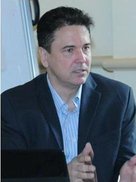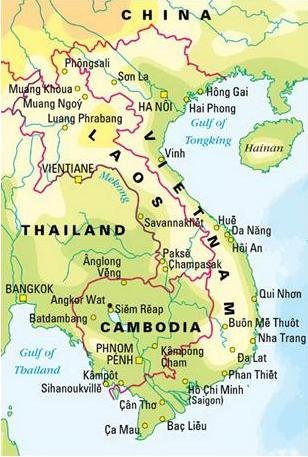
Interview by Keith W. Rabin | June 2011






Leopard Capital was founded in 2007 by Douglas Clayton to manage private equity funds in frontier markets. In Leopard launched Cambodia’s first fund in the depths of the 2008 global financial crisis, and in 2012 created Haiti’s first fund after Haiti’s capital region had been devastated by an earthquake. Leopard’s on-site investment teams work closely with portfolio companies to build market leaders in basic sectors such as renewable energy, food processing, water, telecoms, and financial services.
Leopard Capital LP is domiciled in the Cayman Islands and has offices in Cambodia, and Haiti.
Disclaimer:
This document does not constitute an offer to sell, or a solicitation of an offer to invest in Leopard Cambodia Fund LP, Leopard Cambodia Investments (BVI) Ltd., Leopard Haiti Fund LP, or any other funds sponsored by Leopard Capital LP or its affiliates (collectively, "our Funds"). We will not make such offer or solicitation prior to the delivery of a definitive offering memorandum and other materials relating to the matters herein. Before making an investment decision with respect to our Funds, we advise potential investors to read carefully the respective offering memorandum, the limited partnership agreement or operating agreement, and the related subscription documents, and to consult with their tax, legal, and financial advisors. We have compiled this information from sources we believe to be reliable, but we cannot guarantee its correctness. We present our opinions without warranty. Past performance is no guarantee of future results. © 2014 Leopard Capital LP. All rights reserved.